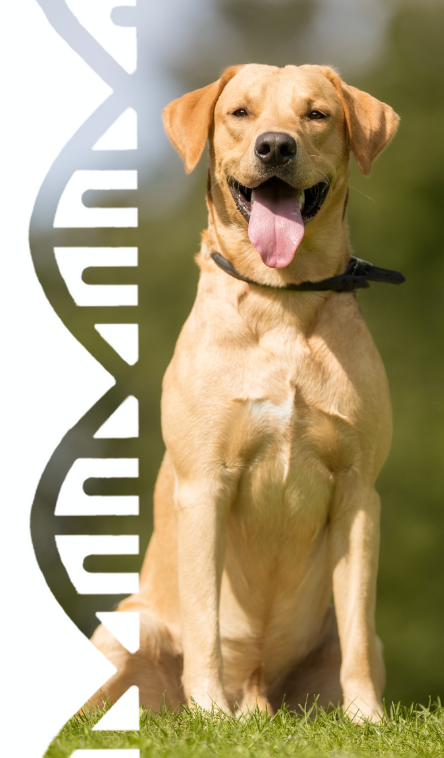 The term accuracy can mean different things to different people and it is important to know exactly what is being referenced when someone says a test is “accurate”. Even within the dog genetic testing industry, accuracy can mean something different depending on which genetic testing company you contact. Some companies that advertise a number for accuracy such as “surpassing 99.9%” or “greater than 98%” may not be referring to what people think of when they talk about accuracy. You may be surprised to learn that they could be talking about their ability to predict your dog’s breed or ancestry which is based on their proprietary database. There is no good way to verify this type of claim. The stated accuracy percentage very likely has nothing to do with the company’s ability to provide an accurate result in terms of false negatives and false positives which is typically the information people want.
The term accuracy can mean different things to different people and it is important to know exactly what is being referenced when someone says a test is “accurate”. Even within the dog genetic testing industry, accuracy can mean something different depending on which genetic testing company you contact. Some companies that advertise a number for accuracy such as “surpassing 99.9%” or “greater than 98%” may not be referring to what people think of when they talk about accuracy. You may be surprised to learn that they could be talking about their ability to predict your dog’s breed or ancestry which is based on their proprietary database. There is no good way to verify this type of claim. The stated accuracy percentage very likely has nothing to do with the company’s ability to provide an accurate result in terms of false negatives and false positives which is typically the information people want.
As opposed to breed testing where genetic markers can be different from company to company, health and coat testing looks for the same mutations regardless of the company you use. This is why you should be able to test for the same mutation at any company and receive the same result. Although companies can use different testing technologies, if tests are performed correctly the result should be the same. When doing this type of testing, the term “accuracy” refers to the ability to provide a correct result that is verifiable across companies. One caveat to be aware of is the difference between direct and indirect testing, which can potentially lead to different health and coat results between companies because they might not be looking for the same mutation. We’ll provide more information on this topic in another blog.
So, why don’t all companies that do health and coat testing provide a number for their level of accuracy? To provide that information, a company needs to be able to determine how often the result they provide is incorrect. This requires careful control of the entire testing process including how the sample is taken. When it comes to the at-home-testing industry in general, we are able to control and measure our accuracy from the time a sample reaches our laboratory but the one part of the process we cannot fully control is verifying sample collection. Any issues at this stage of testing can impact accuracy in unknown ways that make it nearly impossible to determine a true level of accuracy.
This is why at GenSol we are constantly improving both our laboratory process as well as assisting customers in providing the best samples. Through the use of state-of-the-art automation and a laboratory information management system (LIMS), we are able to reduce human involvement in the testing process which is typically the largest source of laboratory error. When samples arrive, they are barcoded and processed in a closed-tube fashion with minimal sample transfer steps. We have numerous parts of the process where sample identity is continuously verified which means almost no opportunity for sample mix-up. As part of our LIMS, samples are automatically graded by machine with human oversight for verification. And in cases of disputed results, we have a process for result re-verification and retesting when needed. As part of everything we do, we maintain a quality assessment system that looks at things like contamination and quality of testing at all stages. But ultimately, it really starts with a good accurately obtained sample which falls in the hands of our customers. That’s why we constantly reevaluate how we guide our customers through the sampling process to get the most accurate sample possible. For more information on providing the best possible sample see our blog “Customers Are Part of The Laboratory Team at GenSol”.
Thanks for being a part of our team and helping us to provide the most accurate results possible to support your pet’s health!

